28th May 2021 – Shabbat is almost here
And today we will listen to Sakis Negrin, a musician born in Ioannina and specialiced in the Romaniote and Sephardic musical traditions
 Hello, how are you? I hope well! For a long time I have been considering to pay attention to the Romaniote branch of the Jews, the ones from Greece, different than the Sephardic. The Ottoman Empire welcomed the Jews from Spain (I use the term in a geographical meaning, as Spain as a country didn’t exist at that time) who had been expelled in 1492 and it is widely known that the settled in cities like Rhodes or Thessaloniki, where the Sephardic culture developed strongly. But the Romaniotes are other story.
Hello, how are you? I hope well! For a long time I have been considering to pay attention to the Romaniote branch of the Jews, the ones from Greece, different than the Sephardic. The Ottoman Empire welcomed the Jews from Spain (I use the term in a geographical meaning, as Spain as a country didn’t exist at that time) who had been expelled in 1492 and it is widely known that the settled in cities like Rhodes or Thessaloniki, where the Sephardic culture developed strongly. But the Romaniotes are other story.
The last days I have been talking with my friend Alkis Zopoglou, from Kavala, two hours far from Thessaloniki, and if nothing prevents it, I will visit his festival Cosmopolis at the end of August. Alkis is also an outstanding musician of Greek traditional music. If you love music in general (I mean not only Jewish), take a look at his work. So I am into the mood for delving into the History and music of the Romaniotes!
| Share the joy of music and learning with your beloved ones. Share MBS. Thank you in advance. |
| Share this with a friend, right from here |
About the Romaniote Jews
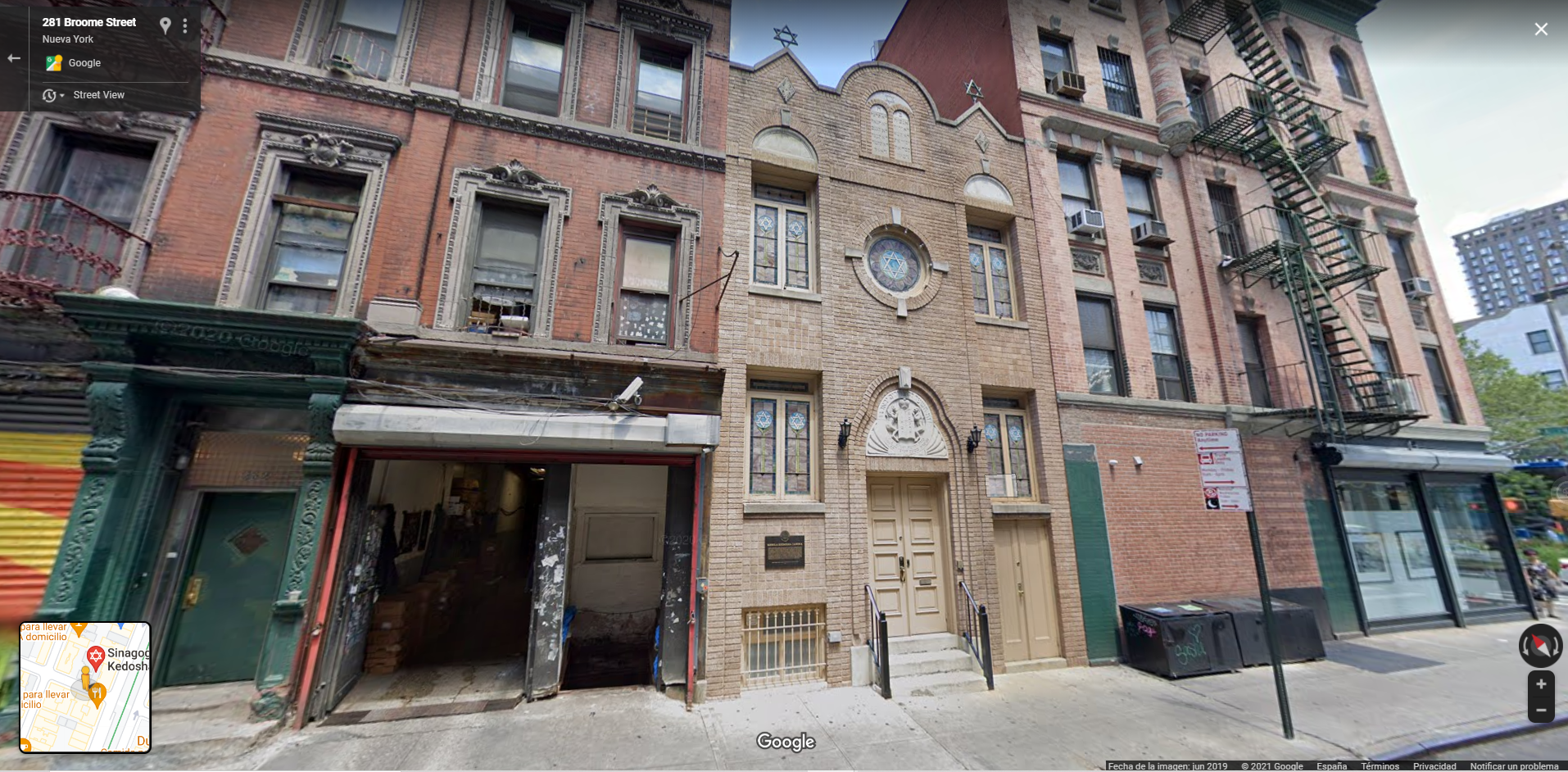

There is a page about the history of the Romaniotes too, of which I will make a little summary:The Romaniote are the indigenous Jews of Greece and have lived on Greek soil for over 2.300 years. They set communities throughout the Eastern Mediterranean. The called themselves Romaniotes after the change of the capital of Rome to Constantinople by Constantine the Great in 324 C.E., that made them part of the Roman Empire.
About the Romaniote Jews from Ioannina
The Jews have been in Ioannina since the 8th century. The Romaniote community of Ioannina (called Yanniote by themselves) has been geographically isolated. That’s why they kept apart from the influx of the Sephardic Jews. They developed their own traditions and kept their language, the Yevanic.
Half of the community (an estimated 2000) emigrated to the USA between 1902 and 1924, escaping from the complicated situation in the Balkans.
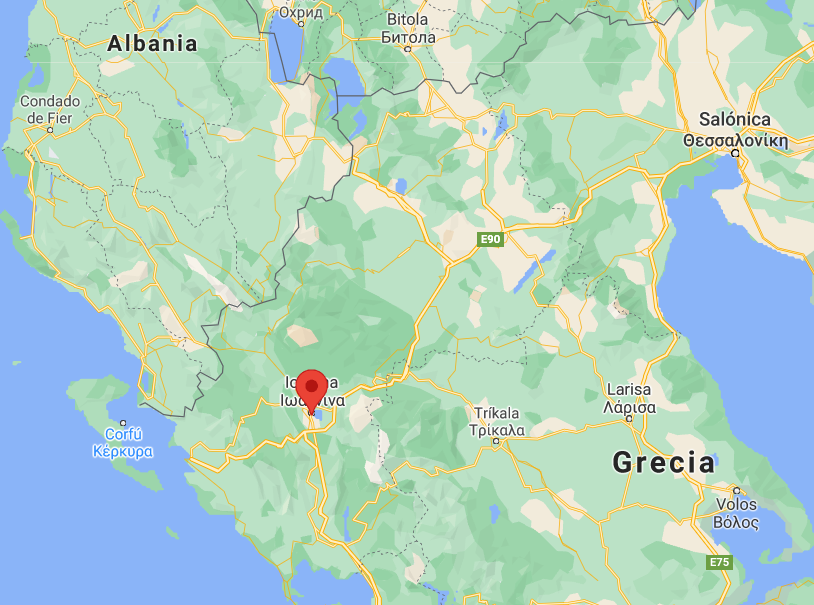
“… on a cold March day, March 25th, Greek Independence Day, which that year also coincided with the onset of Pessah. In the cold of the morning, with snow on the ground, only given time to gather a few possessions, the community was roused out of their beds and gathered together on the shores of the lake they loved so much. The Jews of Ioannina would then be placed on trucks and taken to Larissa, where they would be kept for over a week before being placed in cattlecars and sent to the death camp of Auschwitz-Birkenau. They would arrive on April 11, 1944. Most would go directly to the gas chambers.Some of the survivors immigrated to Israel, others chose to move to the United States, and a few returned back to their homeland and to the traditions they once knew in Ioannina. Although many were murdered in the horrors of the Holocaust, this once vibrant Jewish community still exists in Greece today, albeit a fraction of its former self. Now, there are only around 50 Jews left in the city of Ioannina, many of them survivors of the Holocaust. Yet in the face of tremendous struggles, their perseverance has continued to help preserve some of the unique traditions and heritages of this once florishing community of Romaniote Jews.”
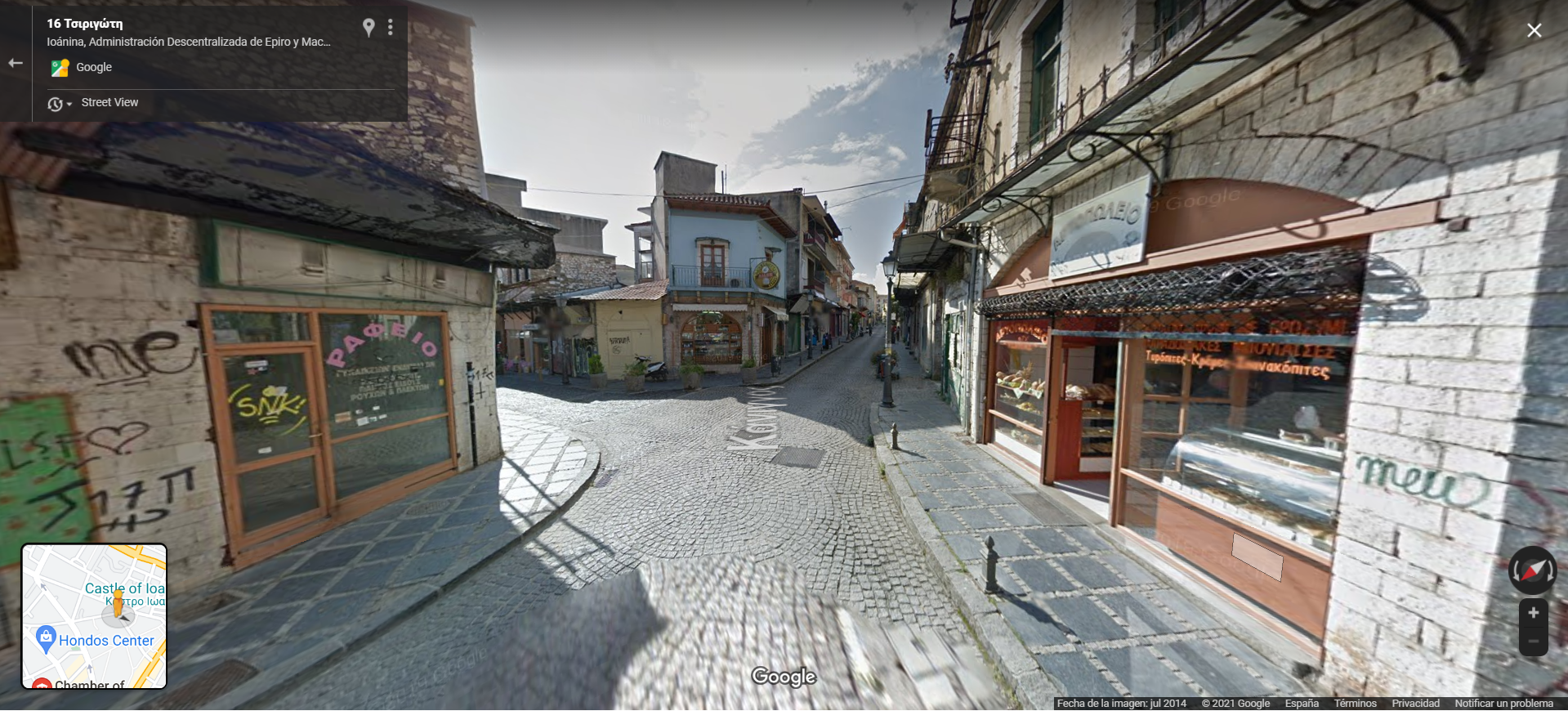
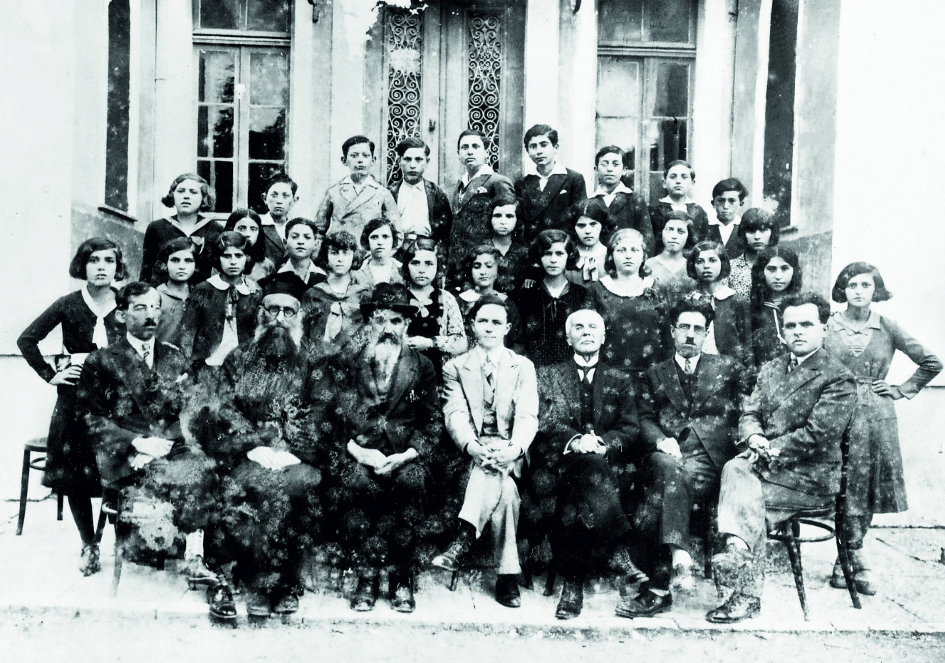
About Sakis Negrin
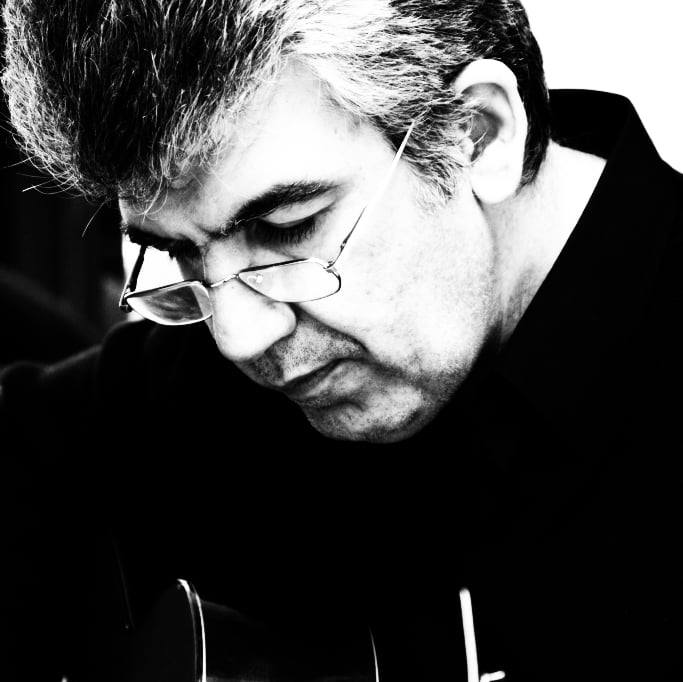 This portrait is from Sakis Negrin’s facebook page ?
This portrait is from Sakis Negrin’s facebook page ?His website is just in Greek and I managed to make a summary with the help of an automatic translator. He was born in Ioannina where he spent his childhood and began his musical studies in guitar and mandolin. He studed in Athens (Architecture) and continued the studies of music. He has worked for many years as a guitar, bass and mandolin player in orchestras and smaller ensembles, serving almost all musical genres.
With the “Small Choir” he made in 1999 the editing and production of a CD with Sephardic songs entitled “Sephardic Songs”. In 2001 he produced a double CD with psalms from the Romaniote and Sephardic tradition, entitled “Romaniote & Sephardic liturgical hymns”.
In addition to the Sephardic music, he studied in depth the Romaniote songs, a very special kind of folk music of the Jews of Greece since antiquity.
He founded and conducted the Choir of the Holy Synagogue of Athens, with many years of operation and a series of appearances at the Synagogue at home and abroad, performing hymns and songs of the Greek-Jewish music tradition (Romaniote and Sephardic).
From 2012 until today he works as the Director of the Spiritual Center of the Israeli Community of Athens, which hosts a number of cultural activities.
His last album was released in December 2020. You can listen to it here.
About the music piece Kina Glossa
? An aside: feel free to check the latest post about Purim in MBS, available ? here ?
The website of the Jewish Museum of Greece has a web page about the songs for the festivities and this is the song selected about Purim. And there it is explained that:
“The main features of Purim are fancy dress, parties, dancing, singing and the performance of plays. Groups of children used to roam the streets of Jewish neighbourhoods hoping for Purim treats. The fancy dress costumes worn by young and old were mostly improvised; girls would dress up as Esther and boys as Mordochai or Ahashveros. […]
The focal point of celebrations in the homes of Ioannina Jews was the ceremonial reading of the Book of Esther, or the miglah, as the Meggilat Esther was called in local dialect. Until 1940, celebrations would include people telling funny stories parodying sacred passages, and also songs. The best known Purim song is a verse narrative in Greek of the story of Esther. It is called Kina Glossa and has verses of five rhyming lines.”
Click the picture to listen to Κίνα Γλώσσα (Kina Glossa) arranged by Sakis Negrin and performed by Markos Battinos (main voice), Athens Jewish Community Choir, Nikos Katritzidakis (flute) and Negrin on the guitar:
Shabbat Shalom!
Araceli Tzigane | Mapamundi Música
And we share with you one hour of music for joy in this playlist.
To know more about our artists, click here.

